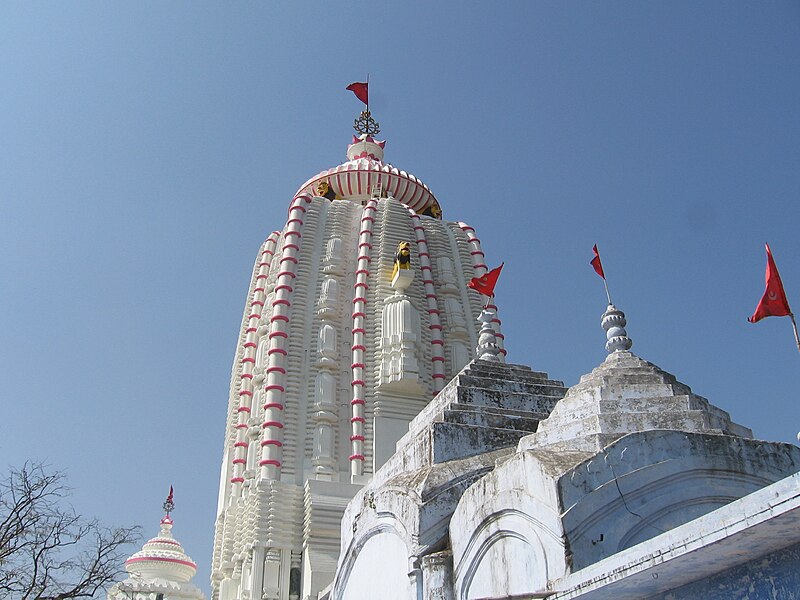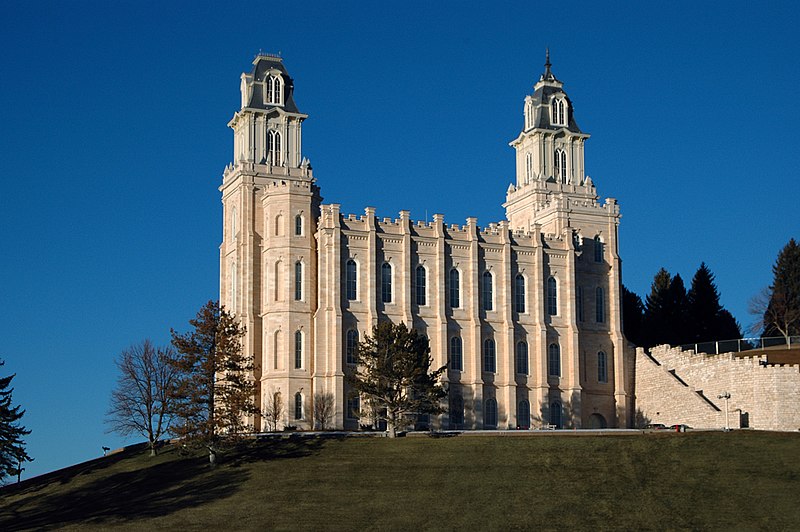Wu Hill is located southeast of the West Lake. It consists of the Purple Sunlight Hill, Cloud Sojourn Hill, Gold Land Hill, etc. There are more than ten small peaks, about 100 meters high, several kilometers long extending all the way to the city proper.
History :
Rebuilt in the Ming Dynasty, Town God’s Temple was dedicated to Zhou Xin, an upright provincial inspecting commissioner. He was honest and free of corruption, good at solving criminal cases, and dared to rid corrupt officials. He was, however, murdered in cold blood. In order to appease popular indignation, the emperor conferred upon him the title of Town God of Hangzhou. Ever since then, the temple had large hordes of pilgrims to worship him day after day. Wu Hill has long between known as Town God’s Hill. During temple fairs, tourists crowded there, and people in special lines aslo came. Among them were fortune tellers, physiognomy practitioners, word-solving practitioners, jugglers, acrobats, ballads singers, story tellers, dog-skin plaster sellers and men of all trades, turning the fair into living exhibition of folk customs in Hangzhou.
Description :
In October 2000, the scenic area of Town God’s Pavilion was rebuilt in the God Land Hill. A new seven-storied 41.6 meters high Town God’s Pavilion stands erect on the ruins of the old one. The relief on the 1st and 2nd floors tells stories and anecdotes of the history of Hangzhou.From the 3rd to7th floors people can take a look at the view around sipping at tea. To the right of the pavilion are such structured as Zhou Xin’s Temple, theatrical stage, Wen Chang Pavilion, stele pavilion, and a poetry galley. The whole place coverd an area of 8.03 hectares. The old Town God’s Hikk has taken on a new look.
Scattered among the hills are ancient trees, springs, grotesque rocks, ancient temples, and historical relics. In front of Panoramic View Pavilion and Medicine King Temple are fifteen 400 to 500 years old camphor trees. The oldest one, ” Song Camphor”, is more than 800 years old. Gingkoes, Chinese plums, sweet osmanthus and other evergreens are grown on the hill.
A strange cluster of rocks stands on the slope on the southwest of God Land Hill. According to their different shapes these rocks are referred to as the ” twelve animals stones in Chinese Zodiac”.
The River and Lake View Pavilion stands on the top of Purple Sunlight Hill, commanding a view of the West Lake on the left and the Qiantang River on the right.
A couplet on the pillar by Xu Wei of the Ming Dynasty reads:
” The 800-li lakes and mountains can tell when the landscape was painted;
Tens of thousands of average homes owe all they have to this pavilion.”
The Cloud Sojourn Hill is located southwest of the Purple Sunlight Hill. A trail leads to the Monument to the Revolutionary Martyrs. On the way there you come to Justice Accumulation Pavilion and Cloud and Pine Pavilion, where you can take a rest break to enjoy the beautiful scenery around over a cup of tea.
After Wu Hill extended into the city proper, it has been accessible in all directions, either to go up or down the hill. Early at daybreak, people flock there, carrying bird cages in their hands, dancing, playing tennis and badminton, doing shadow boxing, practicing qigong, playing the sword and singing local operas. There are huge crowds of people every morning on the hill.
Wu Hill serves as the city lung, where people hope to get longevity and happiness. It offers special charm of its own.
The tower has a wax museum containing 28 figures of historical importance. The hill is covered with gingko and camphor trees that always are green. Some of the camphor trees are really ancient - about 400-500 years old, the oldest is nearly 800 years of age. One of the reasons Wu Hill is so popular is because everyone up there have such enormous pleasure watching flowers and trees blossom there and follow how the scenery changes during the different seasons of the year.
Websites :
http://www.amoytrip.com/sky-wind-over-wu-hill.html
http://www.panoramio.com/photo/812717















